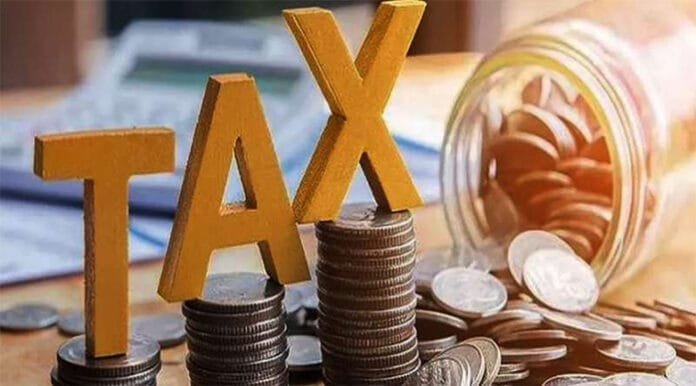Significant Growth in Direct Tax Collection in the Current Fiscal Year
The current fiscal year has witnessed a remarkable surge in direct tax collection in India. According to data released by the Central Board of Direct Taxes (CBDT), as of January 12, 2025, the net direct tax collection experienced a substantial growth of 15.88%, reaching approximately ₹16.90 lakh crore. This impressive increase underscores the robust performance of the nation’s taxation framework.
Breakdown of Tax Collections
Individual Income Tax Surges
A significant portion of this growth is attributed to the individual income tax segment, which encompasses non-corporate tax collections. This category alone accounted for over ₹8.74 lakh crore, indicating a solid foundation in personal income taxation. The upward trajectory in this segment reflects an enhanced compliance level among taxpayers and an expanding tax base.
Corporate Tax Collection
The net corporate tax collection also showcased a strong performance, amounting to nearly ₹7.68 lakh crore. This segment’s healthy growth mirrors the positive trends in corporate earnings and improved tax administration measures. Corporations have contributed significantly to the overall tax collection, supporting the government’s fiscal goals.
Securities Transaction Tax
In addition to the core tax segments, the securities transaction tax (STT) witnessed a noteworthy collection of ₹44,538 crore. This figure highlights the vibrant activity within the capital markets and the effective capturing of transactional taxes from securities trading.
Refunds and Their Impact
During the same period, the government processed and issued refunds exceeding ₹3.74 lakh crore. This amount represents a remarkable 42.49% increase compared to the previous year, demonstrating the government’s commitment to ensuring timely refunds. Despite the substantial outflow in refunds, the net growth in direct tax collection remains commendable.
Gross Direct Tax Collection
From April 1 to January 12, the gross direct tax collection escalated by 20%, surpassing ₹20.64 lakh crore. This surge emphasizes the overall strength of the tax collection system and reflects a significant improvement in revenue generation compared to the previous fiscal year.
Government’s Revenue Target
For the current fiscal year, the government has set an ambitious target of ₹22.07 lakh crore in direct tax collections. This target includes ₹10.20 lakh crore from corporate tax, ₹11.87 lakh crore from individual income tax, and other miscellaneous taxes. With the current trajectory of tax collections, the government appears to be on track to achieve or even surpass this goal.
Personal Income Tax and Non-Corporate Tax Growth
The non-corporate tax collection, including personal income tax, has shown a sharp increase, reaching ₹10.45 lakh crore, compared to ₹8.58 lakh crore during the same period last year. This reflects a robust growth rate and highlights the expanding contribution of non-corporate entities and individuals to the tax revenue.
The net collection in this segment alone has surged by 15.88%, amounting to ₹8.74 lakh crore, up from ₹7.19 lakh crore in the previous year. This steady increase is a testament to the government’s successful initiatives in widening the tax base and improving compliance.
Components of Direct Tax Collection
The direct tax collection comprises various components that collectively contribute to the overall revenue. These include:
- Corporate Tax
- Personal Income Tax
- Securities Transaction Tax
- Equalization Levy
- Fringe Benefits Tax
- Wealth Tax
- Banking Cash Transaction Tax
- Hotel Receipt Tax
- Interest Tax
- Expenditure Tax
- Estate Duty
- Gift Tax
Each of these elements plays a crucial role in bolstering the direct tax revenue, thereby supporting the government’s fiscal objectives.
Implications for the Indian Economy
The robust growth in direct tax collection holds several implications for the Indian economy. Firstly, it reflects the increasing formalization of the economy, with more taxpayers entering the tax net. Secondly, it underscores the effectiveness of the government’s tax policies and enforcement measures. Lastly, the steady inflow of tax revenue provides the government with the necessary resources to fund developmental projects and social welfare schemes.





















